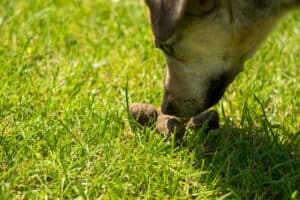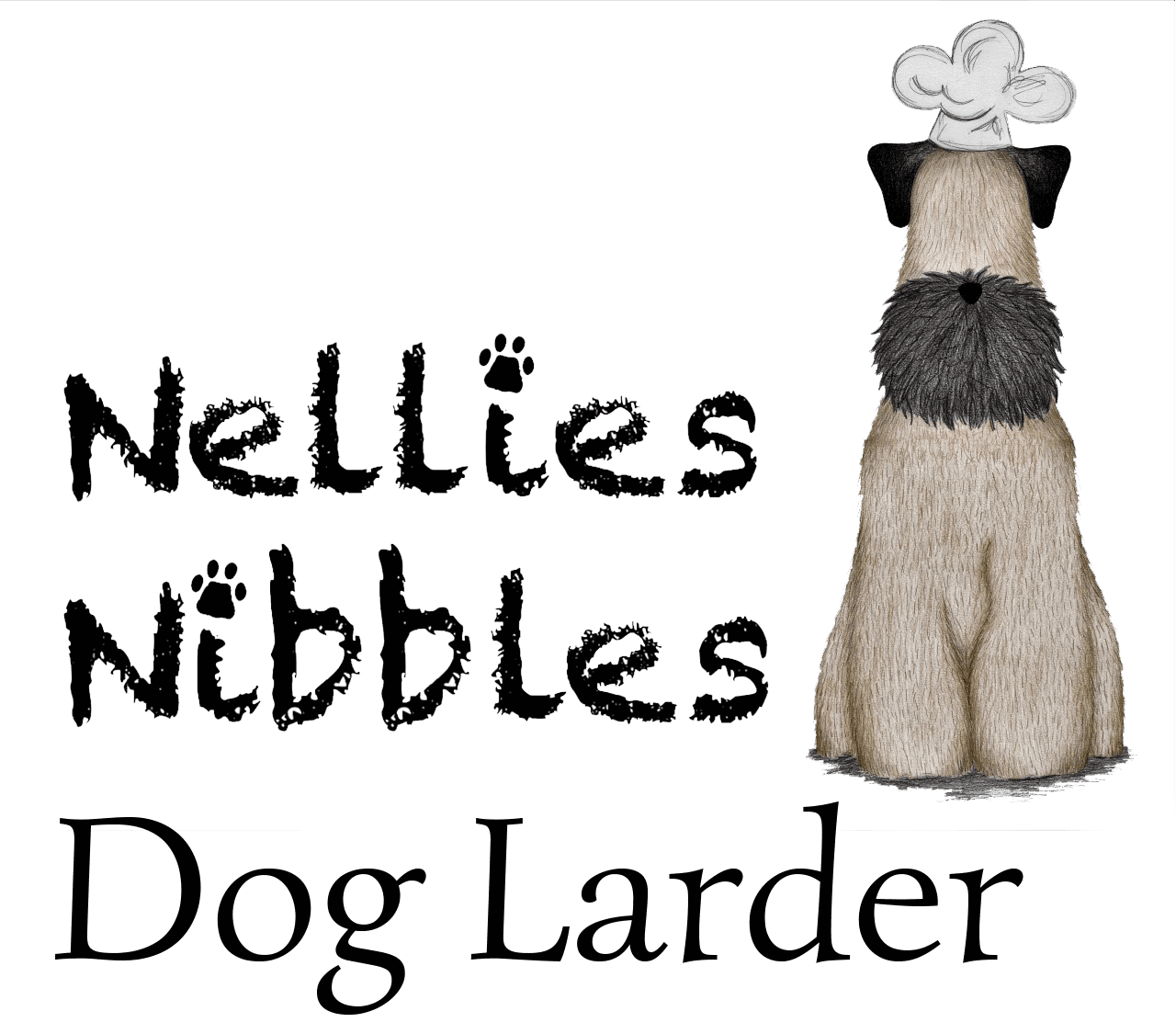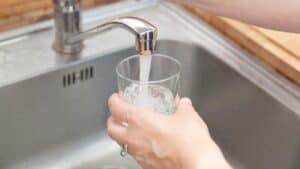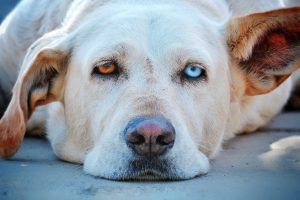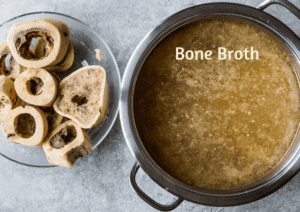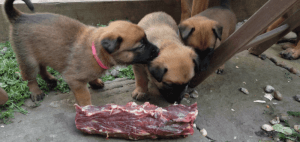Dog’s, our loyal companions, ensuring their health & well-being is a top priority for all of us.
One health concern that walk’s through my door weekly is a skin problem, caused by the nasty yeast bacteria.
Yeast conditions in dogs have become incredibly & worryingly common over the past decade.
More studies are finding that this has become a 21st century epidemic because we have so many convenient foods lining the shelves these days offering miracles with their very clever marketing tactics, yet nutritional lacking contents. Our dog’s are also heavily vaccinated and now given unnecessary monthly worm & flea treatments like never before. I also know that genetics have a part to play. The colour dilution gene in a few specific breeds has been problematic.
The troublesome yeast often caused by Malassezia dermatitis, can lead to discomfort and other health issues if not properly addressed.
Most mammals will have a low count of yeast bacteria which is usual. It becomes a health hazard when the bacteria increase in volume and over crowd and knock out the good bacteria. In this blog, I’ll explore the symptoms, causes and effective management strategies for dogs with yeast conditions.
Yeast Infections in Dogs, the symptoms
- It’s crucial for pet owners to be vigilant about potential signs of yeast conditions. Common symptoms include:
- Persistent itching and scratching, licking.
- Red or irritated skin, especially in skin folds
- Unpleasant odour, often resembling a “yeasty” or “musty” smell,
some say the smell of popcorn, some say cheesy, digestive biscuit smell. - Waxy dark discharge from the ears
- Hair loss in affected areas
- Sore eyes & paws
- Greasy fur or flaky skin
- Waxy brown spots on the skin
Causes:
Yeast infections in dogs are commonly caused by an overgrowth of the Candida or Malassezia fungus. When Malassezia & Candida yeast bacteria increase. They increase at a rate of knots and out do the healthy bacteria.
This overgrowth can be triggered by various factors such as diet, a weakened immune system, allergies, hormonal imbalances, stress or the use of certain medications and even the overuse of medication such as antibiotics, chemical flea & worm products and environmental and even illness.
Yeast thrives in dark, damp areas and love sugary type foods, which many convenient dog foods contain.
If your dog has developed a food intolerance which has knocked the gut flora out, this will give yeast an opportunity to increase. Food intolerance can simmer away for a while before they become noticeable to you & your dog. A condition called Leaky Gut, can be the start to a yeast overgrowth.
How you can help to manage Yeast Infections in Dogs
Using some home remedies
Dietary changes:
Ultra- processed dry food can exacerbate symptoms. I see many yeasty dogs walk through my door here in North Devon for the first time at Nellies Nibbles Dog Larder on a weekly basis, desperate for help. Owners have hit rock bottom and don’t know what to do or where to turn next.
I hear stories of dog’s being on immune suppressing drugs, such as Apoquel for months, years even which may give a temporary fix and relieve your dog, but they don’t get to the root problem and fix it for good.
These drugs just act as a giant sticky plaster and as soon as you take that plaster off your right back to square one again. BUT administering these drugs also causes detrimental effects on your dear dogs overall immune system. So, your dog lives in this vicious cycle of being heavily medicated which in turn will eventually cause other medical problems.
Think of someone having Chemotherapy, they’re immune system is so very vulnerable to catching a cold, flu and even other viruses. Apoquel works quite similar to this in our dog, knocking down the bad and the good.
If you have a yeasty dog, then it’s advisable to cut out all chicken & beef and to not give any vegetables. Start an elimination diary.
Generally feeding one single protein at a time for several weeks with the aid of the appropriate supplements.
If you feel your completely at a loss where to begin and would like some guidance and support and would like to have a 1-1 consultation, I offer these via email and zoom.
Feel free to get in touch for more details and cost. [email protected]
Adjusting your dog’s food play’s, a crucial role in managing yeast conditions. First up, it’s important to get your dog’s gut flora/microbiome back in balance. The digestion is the mother board of the immune system and when a dog has yeast issue this is an area in need of rebalancing.
Changes mean removing all carbohydrate foods, such as dry highly processed kibble foods, even those that are grain free. These foods often include various veg and sometimes rice, the reason behind this is simply it’s a cheap filler ingredient to bulk it up. It really has no nutritional value for your dog.
Did you know Yeast thrives feeding on sugars and carbs which help them to multiply.
These sugars can be found in Pea’s & carrots & sweet potato which are nearly always included in the modern day dried foods on the shelf.
I hear many dog owners say they add carrots or peas to their dog’s food thinking this is a healthy option. Sadly, these foods are high in sugars and although they might be a natural form of sugar, there a sugar none the less & yeast bacteria thrive feeding off sugars.
These types of sugars can also spike your dog’s insulin and over time may cause damage.
We need to remove all processed carbohydrate/sugar treats, treats with derivatives contained, such as dentastix, which are loaded with the stuff.
So, feeding your dog an unprocessed balanced species appropriate food that is free from all the nonsense of carbohydrates, rice, pea’s, carrot & potato is the way forward to healing!
To strip away all junk foods & treats and to give your dog clear, non tampered with nutrition, will be the beginning to feeding the gut bacteria who will then naturally increase in their numbers and to starve those pesky yeast bacteria, because they aren’t getting their fix of junk foods.
Did you know you can now buy home swabbing kits to see if Yeast is the cause.
These Kits are incredibly easy to use and quite a bit cheaper than the vets. You literally use the contents of the swab kit, fill out a small questionnaire provided, post to the pre-paid address. The company will then email your results & conclusion.
Order your Yeast swab kits here
Supplements
Probiotics and supplements that support immune health can be beneficial in managing yeast conditions. These aid in restoring the balance of beneficial bacteria in the gut and boost the overall immune system.
Feed a good Probiotic such as Kiki Probiotics
Also adding Proflax Tummy Tastic to your dogs food can aid in the gut rebalance
Giving your dog’s immune system a detox is also a really good idea.
A product such as Dorwest Milk Thistle is a good start along with Dorwest Easy Green
Topical Treatments:
Antifungal shampoos and topical treatments can help alleviate symptoms and reduce yeast overgrowth on the skin. Ingenious-probiotics
Environmental Management:
Creating an environment that discourages yeast growth is vital. Wash your dog’s bedding regularly, but making sure you use an eco-type shampoo or even using something as cheap and easy as good ole fashioned washing soda is non detrimental to your dog and the environment. Vacuum your home frequently, and maintain a clean living space.
Stop using plug in air fresheners and scented candles, these give off such large volumes of toxins directly in to the living air you and your dog breath in your home. In fact look at all your household cleaning products that you use, these heavily chemical ridden products strip away natural skin flora.
Regular Grooming:
Regular grooming practices, including keeping your dog’s coat clean and dry, are essential in preventing and managing yeast conditions. Pay extra attention to drying skin folds and ears after baths or swimming.
I hope this blog has given you some insight in to the dark, dank world of the bad yeast and how you can start to kick them in to infinity & beyond!
Love & Light Jo
